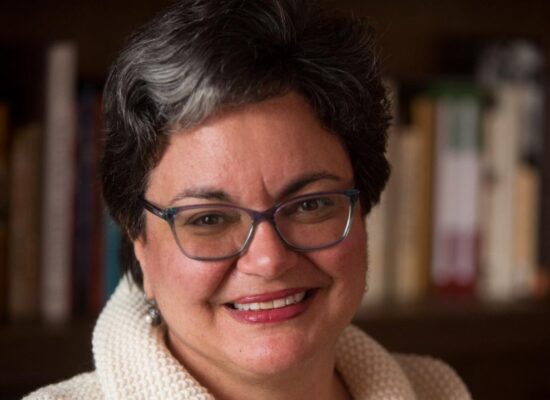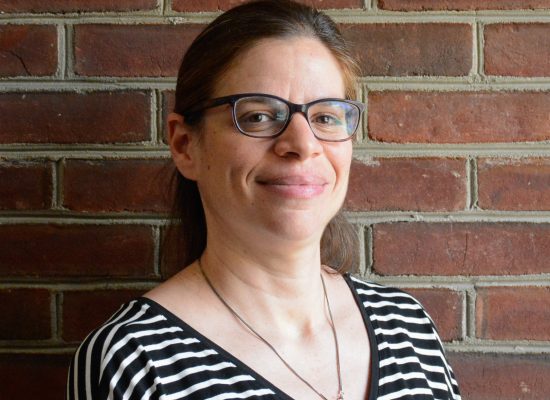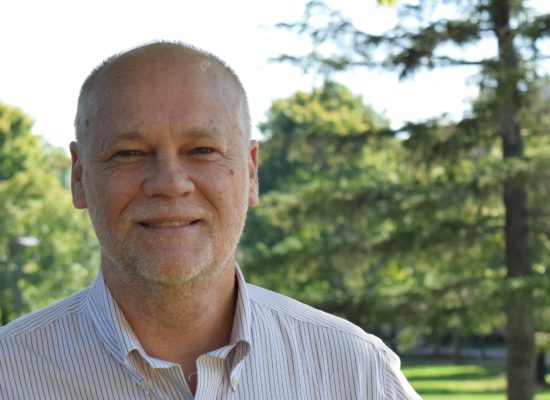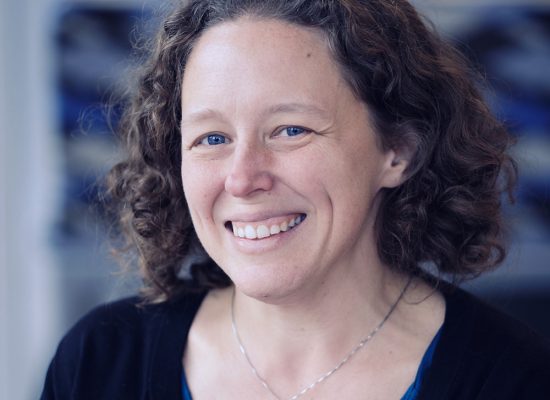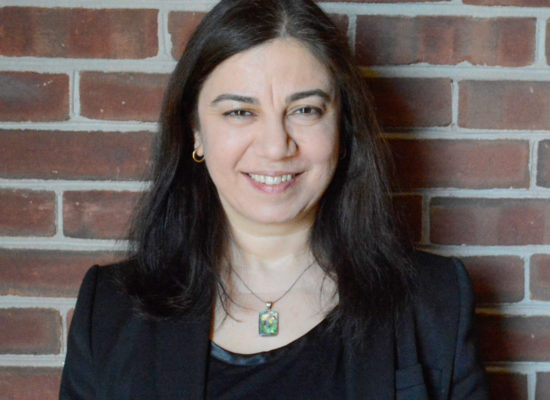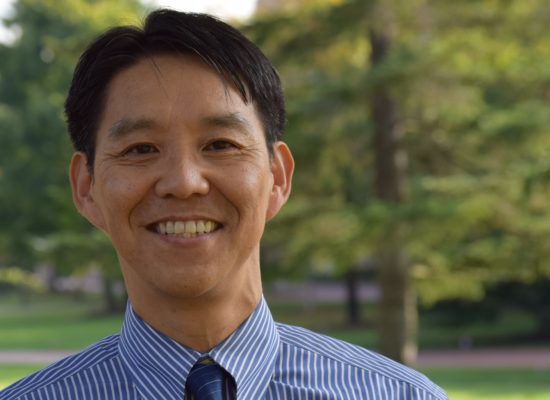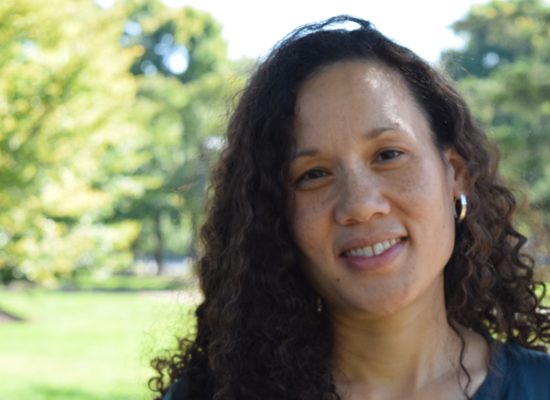An ideal place to get a planning degree
The Urban Studies and Planning Program at the University of Maryland is located in College Park, an ideal place to study city and regional planning. We are with easy access of the industrial city of Baltimore, the nation’s capital of Washington, DC, and the state capital, historic Annapolis. We are also in close proximity to such well-known planned communities as Greenbelt, MD, Columbia, MD, and Reston, VA, along with several highly-regarded examples of New Urbanism such as Kentlands and King Farm (both in Maryland).
Our location also contributes to the “hands-on” nature of our master’s curriculum, which includes a community planning studio and an internship. Our interns can work in a diverse range of contexts, from international and national organizations, federal, state, and local governments, private consulting firms, and several innovative community-based organizations. Because of our internship requirements, our students have planning job experience by the time they graduate.
Our 48-credit hour curriculum can be completed in two years by full-time students, but we also have many students who work full-time in the Washington-Baltimore region and complete their degrees as part-time students. Our program is housed in the School of Architecture, Planning and Preservation, which also supports graduate programs in Historic Preservation, Architecture, and Real Estate Development, as well as a Ph.D. program in Urban and Regional Planning and Design.
Planetizen Selects University of Maryland as a Top Ranked Planning Program
In the most recent survey by Planetizen (released on October 3, 2016), planning educators ranked University of Maryland 19th out of the nation’s 100 programs. In the survey we are the 8th ranked program in the Northeast, behind MIT, Cornell, Rutgers, Harvard, UPenn, Columbia and NYU. We are ranked 15th for programs that allow part-time students. Also, earlier this year Planetizen commissioned a study by Professor Tom Sanchez at Virgin1a Tech that ranked the University of Maryland’s planning program faculty as 9th in the nation in terms of scholarly publications by faculty, and 5th in terms of scholarly publications per capita per year.
Post-graduation employment success.
Of the 26 URSP students who graduated in 2014, by June of 2015 one is enrolled in a Ph.D. program at Columbia University and all 25 others are working in planning related jobs – a job success rate of 100 percent for that graduating class. The 25 working students are in transportation, housing, economic development, social services, design, consulting and other planning or related fields. Nearly two-thirds are working in Washington, DC or Maryland, while others are in California, New York, Illinois, and Pennsylvania.
Our curriculum and specializations
The Urban Studies and Planning Program brings together an active community of scholars and students to creatively confront the issues facing our cities and metropolitan regions. Through instruction, participation in research, and community interaction, students explore the changing character and critical problems of modern urban development. The curriculum emphasizes student understanding of the political, economic, institutional, and social context within which planners work with a diverse range of stakeholders to develop and implement plans, policies, and programs. Faculty specializations include housing and economic development, land use, growth management/sustainability, and transportation planning, and social planning.
Our faculty and students
Our faculty members are nationally and internationally respected in their fields. A recently-released report for Planetizen, a top website on U.S. planning issues, ranked our program in the top 10 of all U.S. graduate planning programs, in terms of cited faculty publications per capita. The same study put Maryland in the top five (5) planning programs for annual cited publications per capita. Our graduates are very successful in securing employment after graduation, and in passing the American Institute of Certified Planners (AICP) exam. Data on student graduation rates, success in finding employment within a year of graduation, and performance on the AICP exam, are available under the “Performance Indicators” section on our program homepage.
Our graduate students come from an array of undergraduate disciplines, including the social sciences, arts and humanities, and the physical sciences. Despite our different backgrounds, we share a commitment to analyze and address — with creativity and rigor — major issues facing metropolitan areas inside and outside the U.S.

